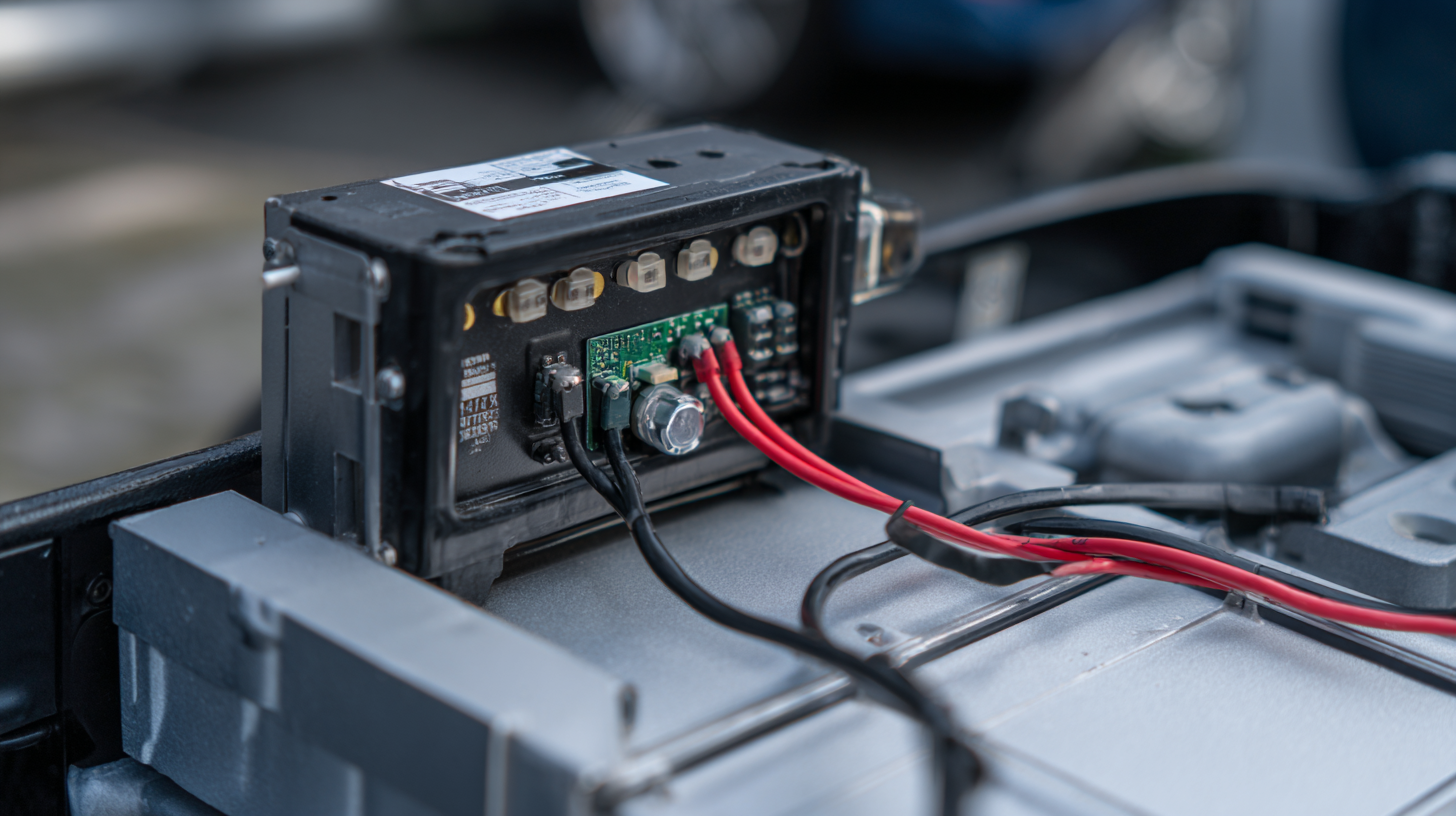Leave Your Message
-
Phone
-
E-mail
-
Whatsapp
As the demand for efficient energy storage solutions grows, understanding the tools that enhance battery performance becomes increasingly important. Battery Heat Tape emerges as a critical component in this realm, especially as cold temperatures can severely impact battery efficiency. According to the U.S. Department of Energy, battery performance can drop by upwards of 20% for every 10-degree Fahrenheit decrease in temperature, underscoring the importance of maintaining optimal conditions for lithium-ion batteries. Industry studies indicate that utilizing Battery Heat Tape can reduce the risk of battery freezing, which can cause irreversible damage and decrease lifespan.

Furthermore, a study by Frost & Sullivan highlights that integrating thermal management solutions, like battery heat tape, could improve overall battery efficiency by nearly 30%. With such data illustrating the significant benefits of Battery Heat Tape, it is clear that its application is essential for maximizing battery performance in various conditions.
Battery heat tape is a pivotal innovation that enhances battery performance, especially in extreme temperatures. Understanding the science behind how it operates reveals its key benefits. Battery heat tape functions by applying a layer of thermal insulation and heating elements that generate consistent warmth around the battery. This is particularly crucial for rechargeable batteries, which can experience diminished performance in cold climates. Studies indicate that maintaining a battery temperature above 0°C can significantly increase its efficiency, thus prolonging its life cycle.
Furthermore, the integration of heat tape can mitigate the risk of battery failure during colder months. For instance, research has shown that batteries subjected to temperatures below -10°C can lose up to 40% of their capacity. By using battery heat tape, users can ensure that their batteries perform at optimal levels, regardless of external conditions.
Tips for utilizing battery heat tape effectively include ensuring a snug fit around the battery to maximize thermal conductivity and regularly checking for wear and tear to maintain consistent operation. Additionally, pairing battery heat tape with insulating materials can further enhance performance, especially in high-demand applications like electric vehicles or renewable energy systems.
Battery heat tape has emerged as a crucial tool in enhancing the performance of various battery systems, particularly in electric vehicles (EVs). One of the key benefits of using battery heat tape is its ability to effectively manage thermal conditions. This is increasingly important as the demand for high-density electronic devices grows, driving the need for efficient thermal management systems. The heat tape provides insulation and controlled heating, which can prevent battery cells from falling into critical temperature ranges, thus ensuring optimal performance and longevity.
Moreover, advances in materials such as nonwoven envelopes have shown that integrating thermal management solutions leads to significant performance boosts in batteries. These innovations, combined with the benefits of battery heat tape, can help address challenges related to overheating and energy loss. By improving the heat management properties, battery heat tape not only enhances the efficiency of battery systems but also contributes to safer operation, ultimately making significant strides in the evolution of energy storage technologies.
When installing battery heat tape, proper placement is crucial for maximizing its benefits. Begin by thoroughly cleaning the battery surface to remove any dirt or corrosion. This ensures better adhesion of the tape and promotes efficient heat transfer. Next, tightly wrap the tape around the battery, ensuring there are no gaps or overlaps that could impede performance. Pay special attention to the terminals, as they are often the coldest parts and can significantly benefit from extra warmth.

Additionally, consider the power source for the heat tape. Ideally, it should be connected to a reliable power supply that can maintain a consistent temperature without overloading. Use a thermostat to monitor the battery temperature and adjust the heat tape settings accordingly. This not only enhances the performance of the battery but also prolongs its lifespan by preventing unnecessary strain during cold weather. By following these installation tips, you can ensure your battery heat tape operates effectively, providing optimal performance when you need it most.
Maintaining battery heat tape is essential for ensuring its optimal performance and longevity. Battery heat tapes are crucial in preventing freezing and maintaining optimal operating temperatures, particularly in colder climates where batteries can struggle. According to a report by the Battery Council International, a well-maintained battery heat tape can enhance the efficiency of battery systems by as much as 20%, significantly contributing to overall performance and reliability.
To maximize the lifespan of battery heat tape, regular inspections for wear and tear are vital. Users should examine the tape for signs of overheating, fraying, or detachment from the battery. Data from the International Journal of Energy Research indicates that implementing routine checks can prevent over 75% of malfunction issues related to battery heating systems. Moreover, ensuring proper installation and avoiding overexposure to elements can further extend the life of the heat tape. Utilizing insulating materials alongside the tape can also enhance thermal efficiency, allowing for reduced energy consumption and increased battery endurance, according to findings from the Electric Power Research Institute.
When using battery heat tape, safety is paramount, especially in varying environments. The insulation it provides helps maintain optimal battery temperatures, but it's essential to ensure that the tape is installed correctly to prevent hazards such as overheating or short-circuiting. Always check the manufacturer's guidelines for installation to ensure proper adherence and avoid potential damage to your battery or equipment.
Tips: Before applying battery heat tape, clean the surface thoroughly to remove any dirt or oil. This step will ensure better adhesion and enhance thermal conductivity. Additionally, consider using a temperature monitor to keep track of the battery’s heat levels, especially in extreme weather conditions.
Moreover, in environments with moisture or high humidity, it’s crucial to choose a heat tape that is specifically designed to be waterproof. Look for products with robust weather-resistant features to safeguard against corrosion and deterioration. Regularly inspect the tape for wear and replace it as needed to maintain safety and performance.







